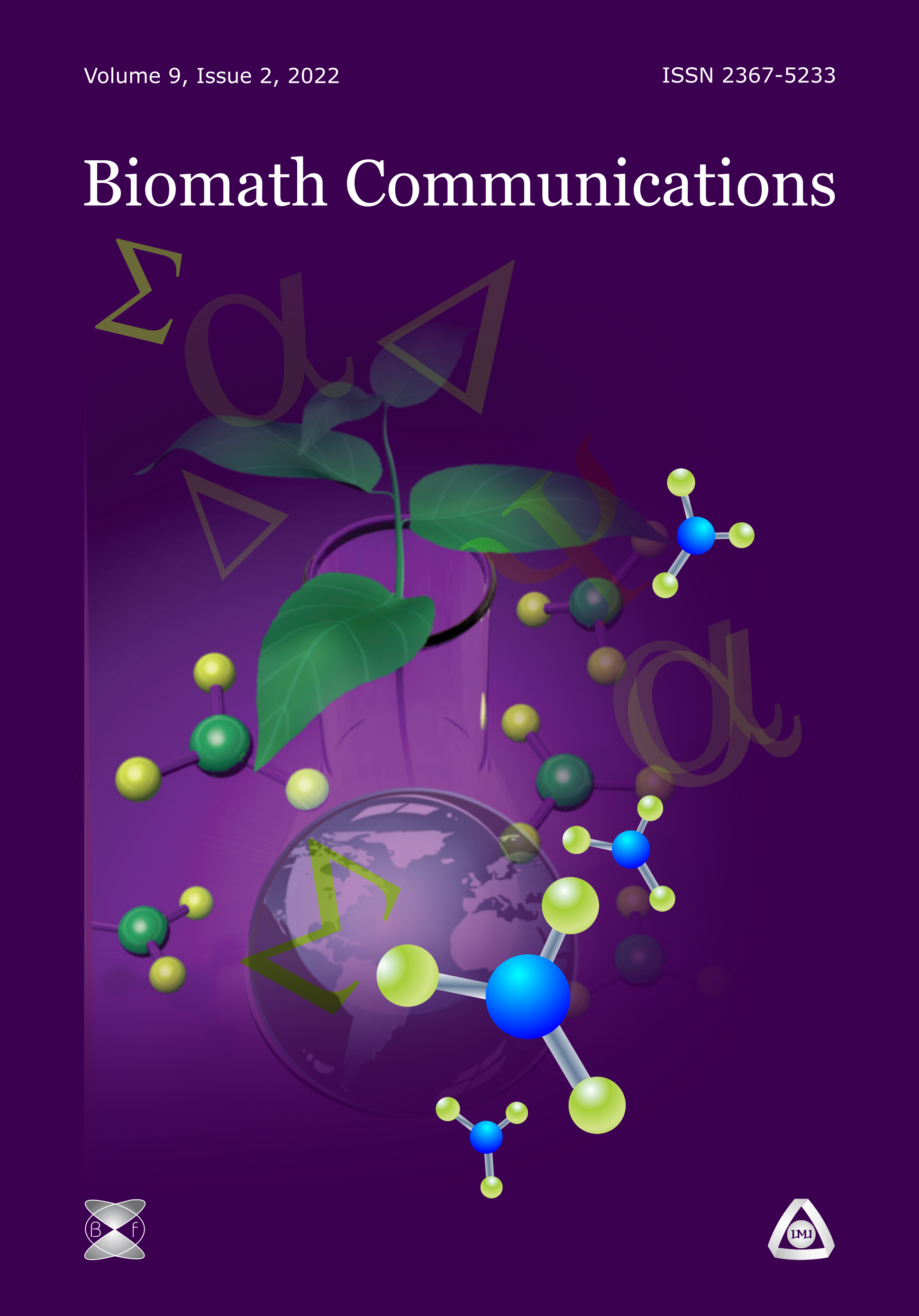Emergence of Spatial Organization in Real Systems and its Modelling
DOI:
https://doi.org/10.11145/263Abstract
The formation of patterns due to chemical instability is believed to be of essential importance in many biophysical systems, ranging from developmental biology, tumour metastases, controlled cell migrations (e.g. lung morphogenesis), heterogeneous cell fate decision (nodal-lefty gene products, patterning in Drosophilla wing), formation of skin patterns (mammalian coat markings or feather bud arrangements), Zebrafish mesodermal pigmentation to chemical reactions, vegetation stripes in landscape or spatial patterns in mussel beds.Systematic description of self-organisation in nature started by Turing (mathematics) and also by Prigogine (non-equilibrium thermodynamics). Typically, diffusion-driven instability (or Turing instability, TI) is considered as the symmetry breaking mechanism. Turing showed that small local spatial fluctuations in an otherwise well-mixed system of autocatalytic and inhibitory diffusing species could become unstable due to diffusion and that an amplification of these fluctuations could lead to pattern development. Specifically, heterogeneous concentrationsВ of chemicals form a 'pre-pattern'. Subsequent differentiation of tissue/cell type is in response to whether or not one of these morphogens exceeds some threshold locally.
The proposed TI mechanism, however, has several well-known limitations: sensitivity to noise (in initial conditions and to noise itself), Turing morphogens are hard to find (a possible Turing pair is Nodal/Lefty in zebrafish mesodermal induction) and that diffusion coefficients are significantly different as diffusion tends to smooth out local excess or the depletion of species but on the other hand, it can allow species to grow locally if this process occurs on different time-scales in the two species. However, as putative Turing pairs have similar molecular weights, this condition on the ratio of diffusion coefficient is in contrast to the Stokes-Einstein equation that relates diffusion constant to effective radius of a given molecule and to properties of the environment.
Turing model is successful in reproducing spatial organisation through a simple mechanism. Can we, however, infer its relevance to spatial organisation in real systems based on this feature? Probably the most limiting condition for TI is the need for significantly distinct diffusion constants. This condition can be rather naturally overcome by an approach set up by Lengyel-Epstein when activator binds to a substrate. Does this improve the relevance and plausibility of Turing mechanism to spatial organisation in real systems? We shall argue that quite the contrary is true - it points to the problem of reductionism. These arguments led us to questioning the concept of TI leading to pattern formation itself in not well-controlled (e.g. biological) systems.
Is there some other framework able to describe spatial organisation and what about its relevance to real systems? We shall address both these questions by introducing the concept of non-equilibrium thermodynamics and apply it to Belousov-Zhabotinskii reactions offering a possible explanation of the recently observed phenomena of "revival" oscillations in Belousov-Zhabotinskii gels by mechanical stimulation.
Downloads
Published
Issue
Section
License
The journal Biomath Communications is an open access journal. All published articles are immeditely available online and the respective DOI link activated. All articles can be access for free and no reader registration of any sort is required. No fees are charged to authors for article submission or processing. Online publications are funded through volunteer work, donations and grants.
Authors who publish with this journal agree to the following terms:
- Authors retain copyright and grant the journal right of first publication with the work simultaneously licensed under a Creative Commons Attribution License 4.0 that allows others to share the work with an acknowledgement of the work's authorship and initial publication in this journal.
- Authors are able to enter into separate, additional contractual arrangements for the non-exclusive distribution of the journal's published version of the work (e.g., post it to an institutional repository or publish it in a book), with an acknowledgement of its initial publication in this journal.
- Authors are permitted and encouraged to post their work online (e.g., in institutional repositories or on their website) prior to and during the submission process, as it can lead to productive exchanges, as well as earlier and greater citation of published work (See The Effect of Open Access).

